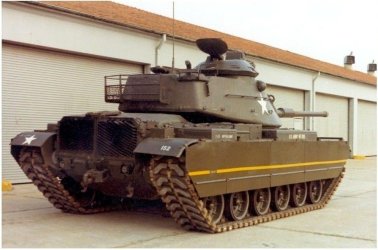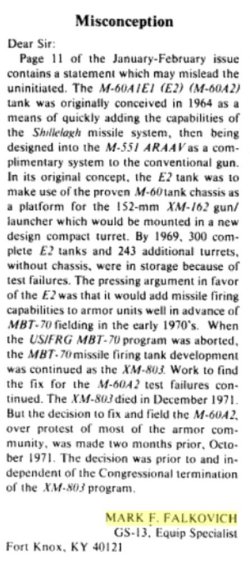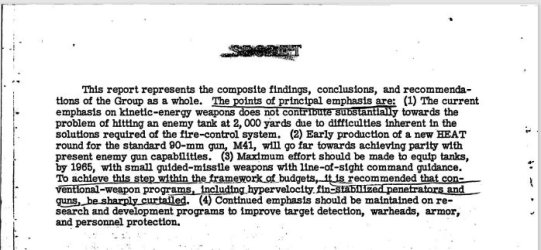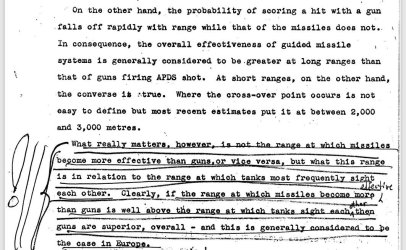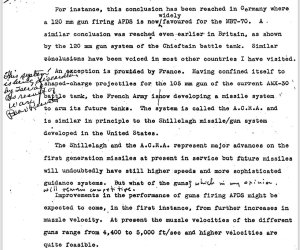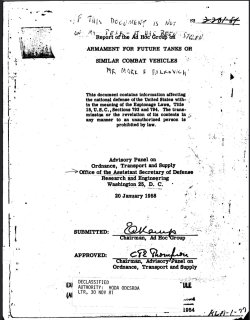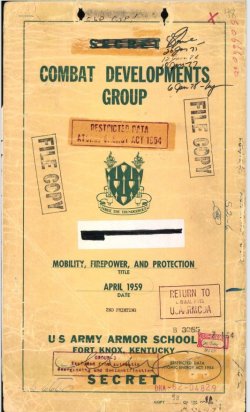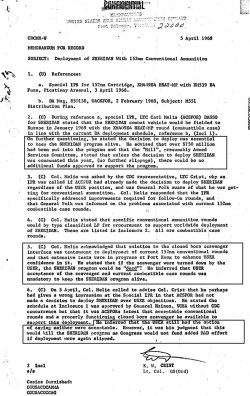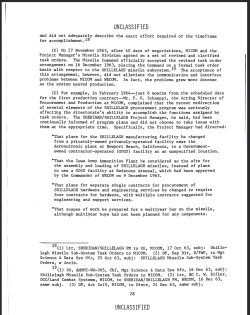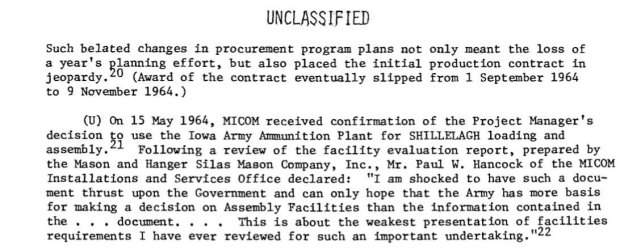Cedric
Professional
We had A1s with LRF by the time I arrived in the 2d ACR in May of '76. IIRC they said the LRFs arrived in '75. The local German newspapers opined that US forces were now equipped with death rays.
Speaking of the M60A2, had a family member who was a warrant officer up in Warren, MI working on the A2. He said it was the most slipshod development process he ever saw. The solution to problems became just hang another electronic box inside somewhere which may or may not impede crew functioning. A real mess. Eventually, M60A2s were consolidated into one battalion in each division were it became a defacto tank destroyer battalion.
Speaking of the M60A2, had a family member who was a warrant officer up in Warren, MI working on the A2. He said it was the most slipshod development process he ever saw. The solution to problems became just hang another electronic box inside somewhere which may or may not impede crew functioning. A real mess. Eventually, M60A2s were consolidated into one battalion in each division were it became a defacto tank destroyer battalion.

